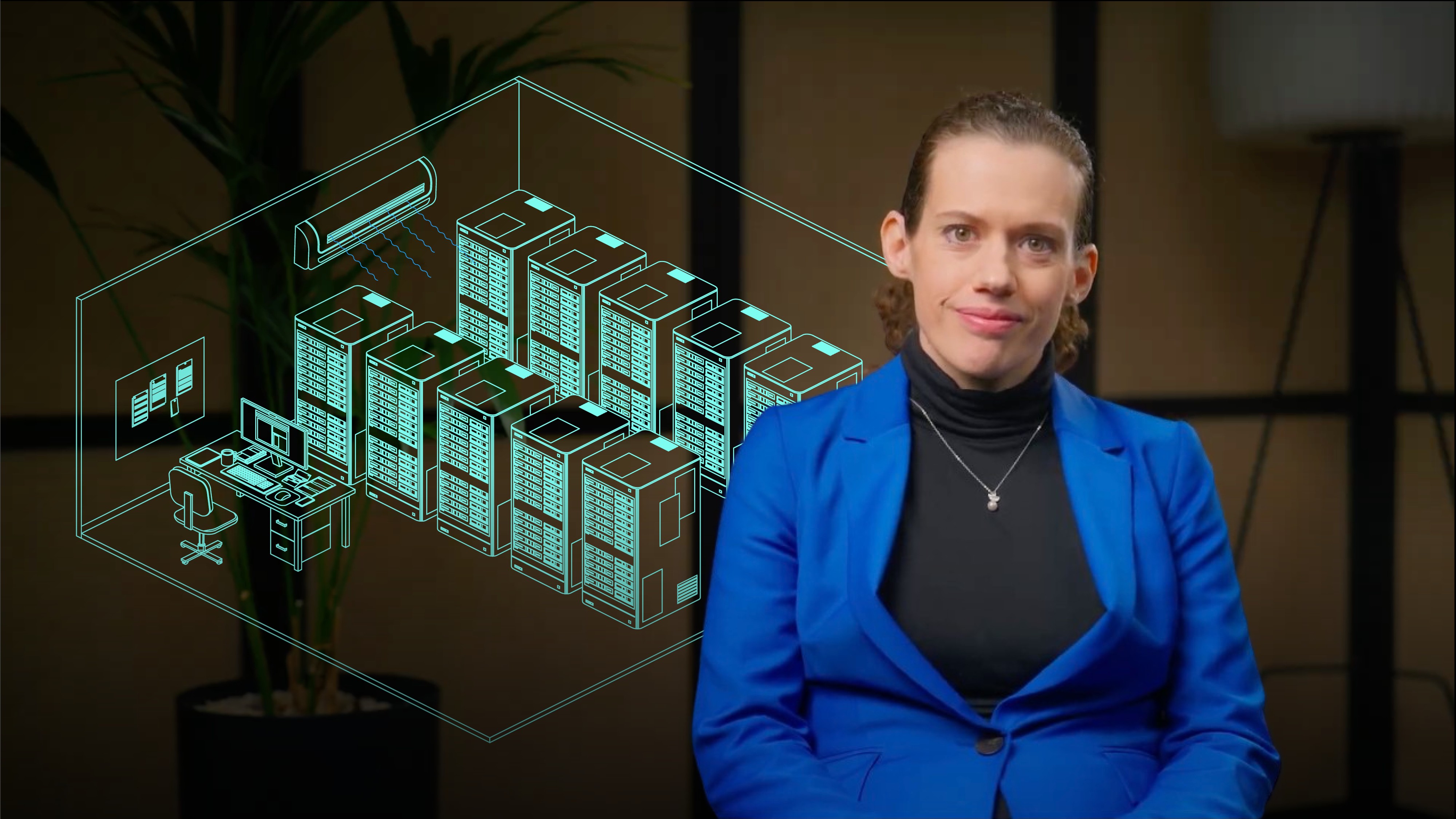
Environmental Impact of Software as a Service (SaaS)

Elisa Moscolin
Executive Vice President for Sustainability and Foundation
In this video, Elisa explains the environmental impact of software and how data centers drive these emissions. She further explains why cloud hosting can be more energy-efficient than on-site options, explore the hidden costs of the 'cloud,' and find out if software efficiency can offset its environmental footprint.
In this video, Elisa explains the environmental impact of software and how data centers drive these emissions. She further explains why cloud hosting can be more energy-efficient than on-site options, explore the hidden costs of the 'cloud,' and find out if software efficiency can offset its environmental footprint.

Environmental Impact of Software as a Service (SaaS)
9 mins 9 secs
Key learning objectives:
Understand the environmental impact of cloud-based software emissions
Outline strategies for reducing software-related emissions
Overview:
Cloud-based software generates emissions through its dependence on energy-intensive data centers, which power and process the applications we use daily. Although less visible than transportation or manufacturing, the Information and Communications Technology (ICT) sector contributes around 2-4% of global emissions and uses about 4-6% of global electricity. Cloud data centers, which host most SaaS platforms, draw large amounts of power and create a notable environmental footprint.
One key strategy is to utilise large cloud providers with efficient data centers, like Amazon's AWS, which can reduce carbon emissions by up to 88% compared to traditional on-site data storage. These providers employ energy- efficient practices, such as optimising server use and integrating cleaner power sources. Companies can also implement sustainable software practices, including minimising unnecessary data processing and adopting green coding techniques, to reduce the energy demand of their applications.

Elisa Moscolin
There are no available Videos from "Elisa Moscolin"

